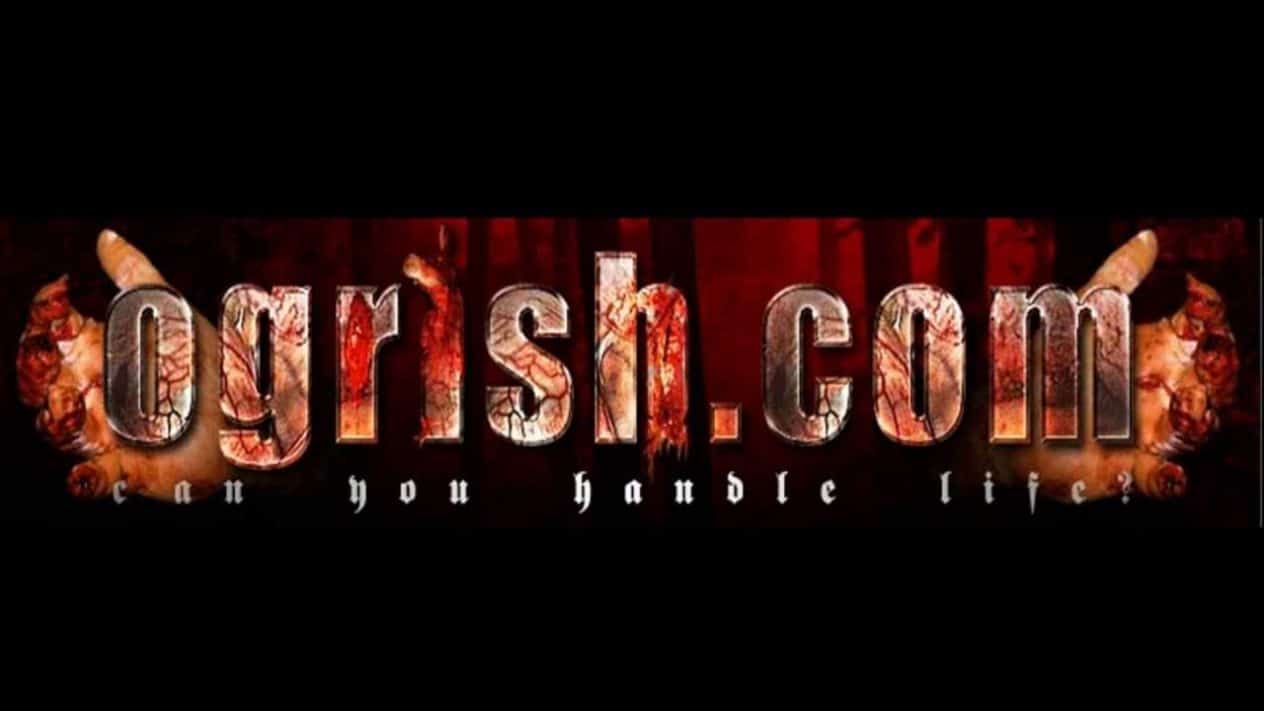Ogrish Archive: Explore The Uncensored Reality Of Gore Videos
Can the digital echo of human suffering truly be contained, or does the act of archiving such content inherently alter its meaning? The rise and fall of websites like Ogrish.com, platforms that once thrived on the raw, unfiltered depiction of violence and tragedy, forces a reckoning with the nature of online spaces and the human fascination with the macabre.
The internet, a vast and often unpredictable landscape, has always been a mirror reflecting the best and worst of humanity. From its inception, the web has hosted spaces where boundaries are tested, and taboos are challenged. Ogrish.com, a shock site that emerged in the early days of the internet, epitomized this edgy spirit. It presented uncensored news coverage and multimedia material, primarily focused on war, accidents, and executions. The site's content, often graphic and gory, served as a platform for the dissemination of raw, unfiltered imagery and video.
Ogrish.com was not an isolated incident. It belonged to a lineage of online spaces that catered to a specific audience: those drawn to the extremes, the forbidden, and the explicitly real. Alongside sites like Rotten.com, Ogrish cultivated a community around the shock value of its content. It aimed to challenge its viewers with its catch line being "Can you handle life?". This ethos of confronting the viewer with the harsh realities of life was a defining characteristic of the platform.
The events of September 11th, 2001, proved a turning point for the site. In the wake of the attacks on the World Trade Center, the site's administrators and users created compilations of publicly available footage and images related to the tragedy. This period underscored the site's dual nature: at once a purveyor of shock content and a repository for historical events.
However, the evolution of Ogrish did not stop there. It later received a redesign, aiming for a wider audience and eventually becoming a respected alternative news source. This transition highlights the dynamic nature of online platforms and their capacity for transformation. It also underscores the shifting boundaries of online discourse. Ogrish.com, once infamous for its graphic content, gradually adapted to the changing media landscape. The site's shift from gore to uncensored news reflected a maturation of its audience and a shift in focus.
Over time, Ogrish's following grew to include soldiers who had access to raw battlefield footage. This development points to the site's ability to connect with specific communities and provide them with a platform. The emergence of user-generated content added another layer of complexity. The site became a repository for a variety of material, from news reports to raw footage.
The closure of certain sections in April 2006 marked a further evolution. Ogrish.com introduced a podcast service and a new forum section, "Underground Media." This reflected a desire to expand its offerings. This demonstrated the site's ability to provide additional services and diversify its content. However, despite these changes, the core mission of the site remained. Ogrish never abandoned its commitment to providing uncensored and often controversial content.
The legacy of Ogrish.com continues to live on. Its influence can be seen in other platforms that offer similar types of content. Worldstarhiphop, for instance, offers a mix of music, fights, and shocking footage. Bestgore, which specializes in violent and extreme videos, is another example of this. These platforms, in a sense, carry the torch of Ogrish, continuing to provide uncensored and controversial content to their users.
The impact of Ogrish is still felt. It forced people to confront difficult topics. It also raised crucial questions about the role of online platforms in the dissemination of information. Moreover, it prompted discussions about the ethics of sharing graphic content.
The creation of an archive of Ogrish videos is, therefore, an act of preservation. These archives aim to document the history of a website that became a symbol of the early internet's embrace of raw content.
It is important to note that accessing such material can be disturbing. Viewers should proceed with caution and acknowledge the graphic nature of the content. It requires a careful consideration of the ethical implications and potential impact on those who view it.
The story of Ogrish.com offers a complex case study. It serves as a reminder of the Internet's constant evolution and its capacity for both positive and negative impacts. It demands a critical eye and a willingness to engage with difficult questions. In a world of rapid technological change, the lessons of Ogrish remain relevant.
The site's history is not without controversy. It was accused of being a breeding ground for conspiracy theories. The graphic nature of the material, particularly its handling of the 9/11 attacks and natural disasters, drew fierce criticism. These controversies underscore the ethical challenges involved in running a site like Ogrish. It requires navigating complex issues of freedom of expression and respect for victims.
The content served a purpose. It was meant to challenge the viewer. The sites impact reflects the Internets multifaceted nature. It is a platform for expression and information. Ogrish.com demonstrated the power of online platforms to shape our understanding of the world. It showed the capacity to shock and inform. It is an important part of Internet history.



Detail Author:
- Name : Charity Crooks
- Email : wgerlach@schulist.org
- Birthdate : 2005-11-05
- Address : 98382 Veum Road New Amya, GA 71156
- Phone : +12838550520
- Company : Wisozk-Zulauf
- Job : Eligibility Interviewer
- Bio : Pariatur maiores sequi ad sunt corporis excepturi autem enim. Ipsa laborum aperiam voluptatum id eum enim. Minima repudiandae dolorum assumenda quaerat est. Facere eum quas dolorum laboriosam.